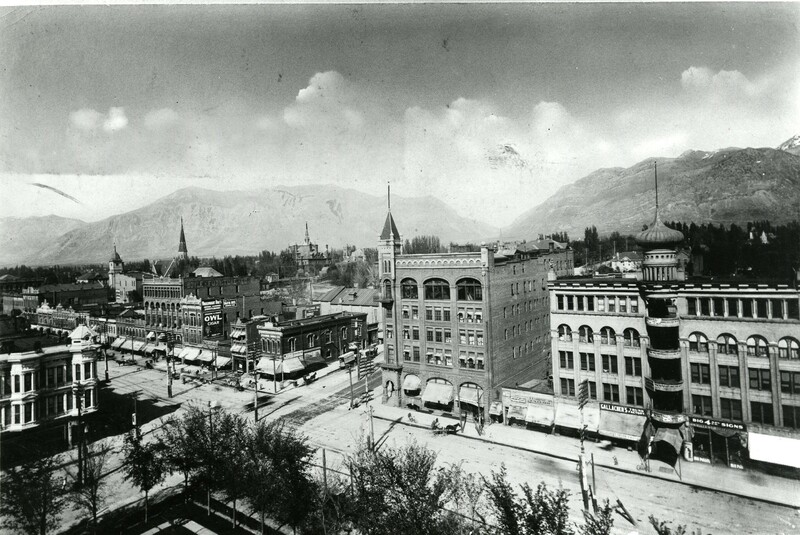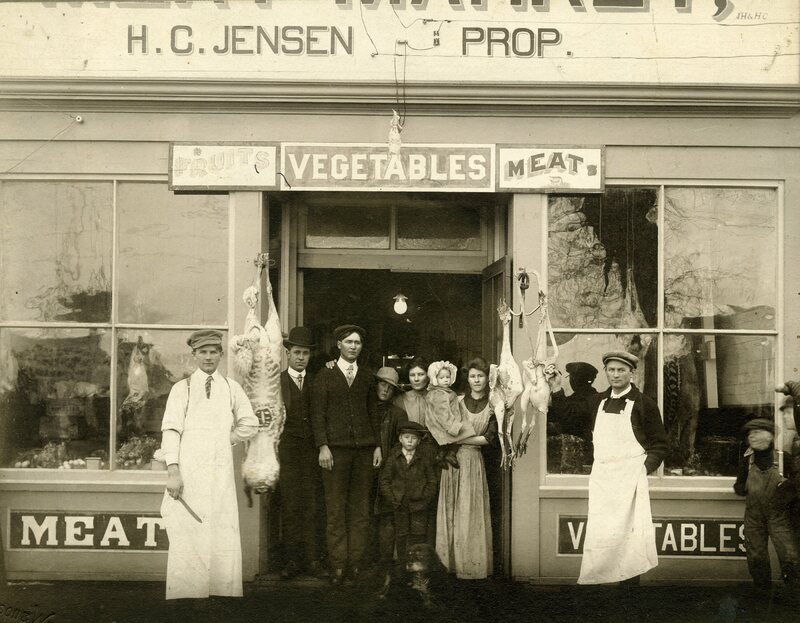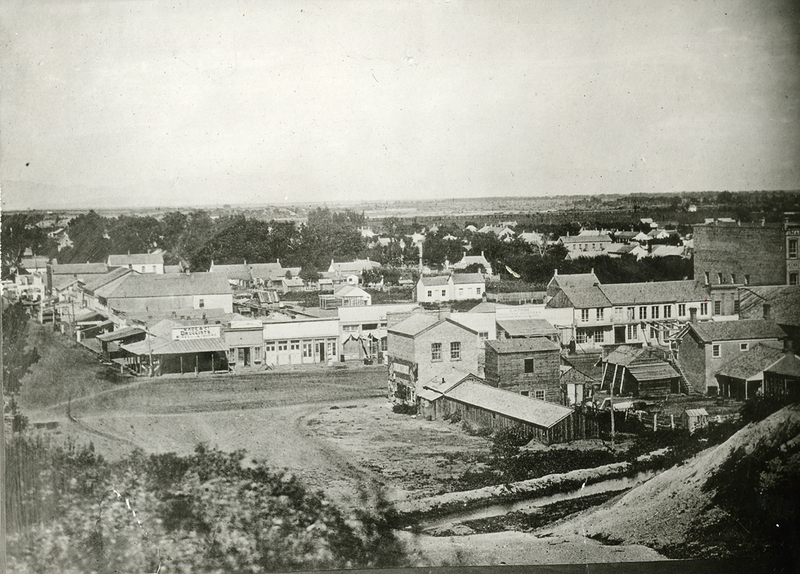Pre-Statehood Ogden
Northern Utah has been home to indigenous people for millennia, particularly from the Shoshone and Goshute tribes. For generations they lived mostly nomadic lives, traveling with the seasons throughout Utah, southern Idaho, western Wyoming, and parts of Nevada. They hunted large game, fished, and gathered roots, seeds, berries, and wild honey. Pine nuts, particularly important to their diet, were ground into meal or roasted for a variety of uses. Prior to the arrival of white explorers and settlers, “the Great Basin and Snake River Shoshone had been among the most ecologically efficient and well-adapted Indians of the American West.”
Mexican and Spanish explorers first entered what is now Utah in 1765, but most explorers and fur trappers arrived in the early 1800s. They mapped the area, documented the flora and fauna, and publicized various routes through mountain passes. These explorations made possible the western pioneer migrations of the 1840s. After the Mormon pioneers first arrived in the Salt Lake Valley in 1847, church leaders began sending groups to build communities all along the Wasatch Front. Ogden was formally incorporated in 1851, making it the second city in Utah.
For two decades, white settlers built small, agricultural communities throughout Weber County, but the joining of the transcontinental railroad in 1869 forever changed Ogden and Utah. Chinese, Japanese, and other immigrants arrived to build the rails. Goods and materials could more easily be transported in and out of the region. More settlers came, bringing their religious and cultural traditions and further displacing indigenous people.
Growing “gentile” influences coupled with pressure on the LDS Church from the federal government, caused a significant political shift in 1889 when Ogden elected its first non-Mormon mayor, Frederick Kiesel. Ogden was increasingly becoming an “americanized” city, and its citizens joined all Utahns in working towards the goal of statehood.



